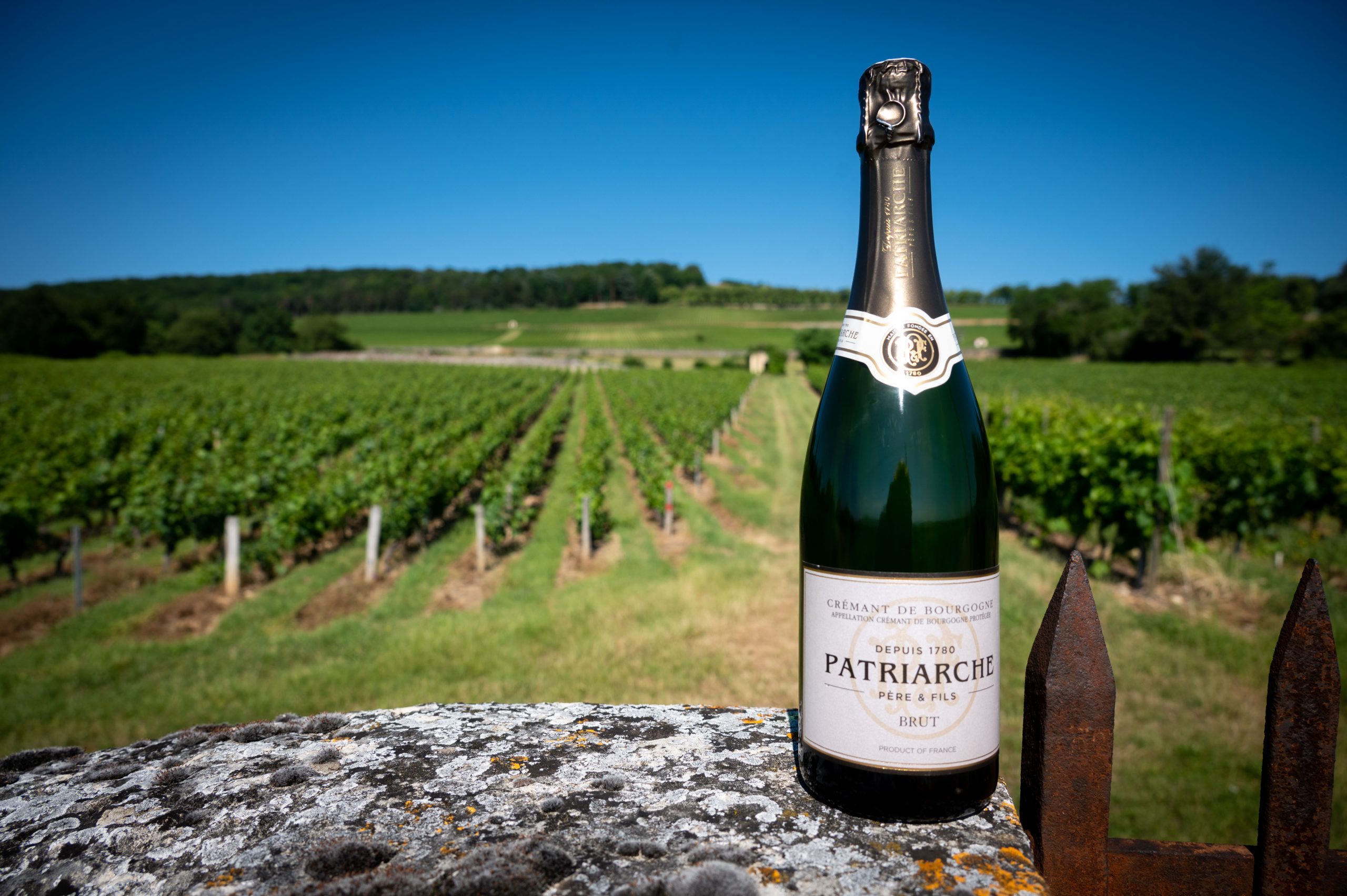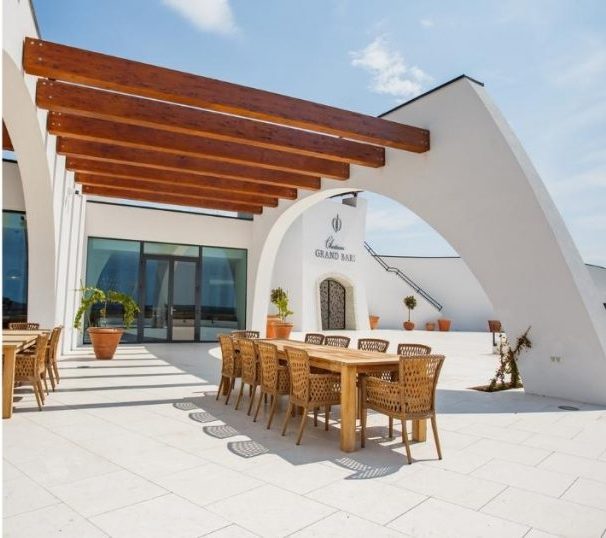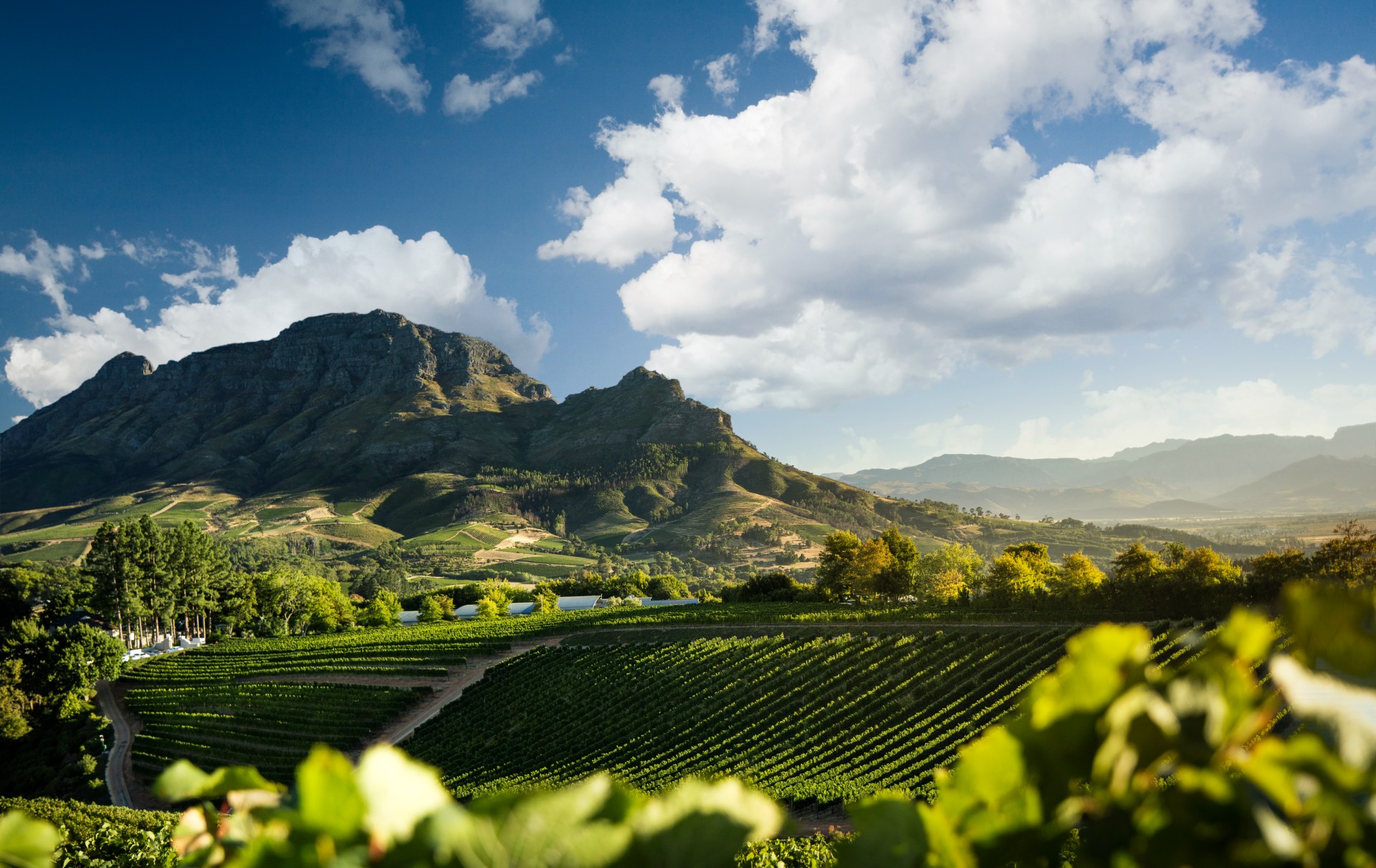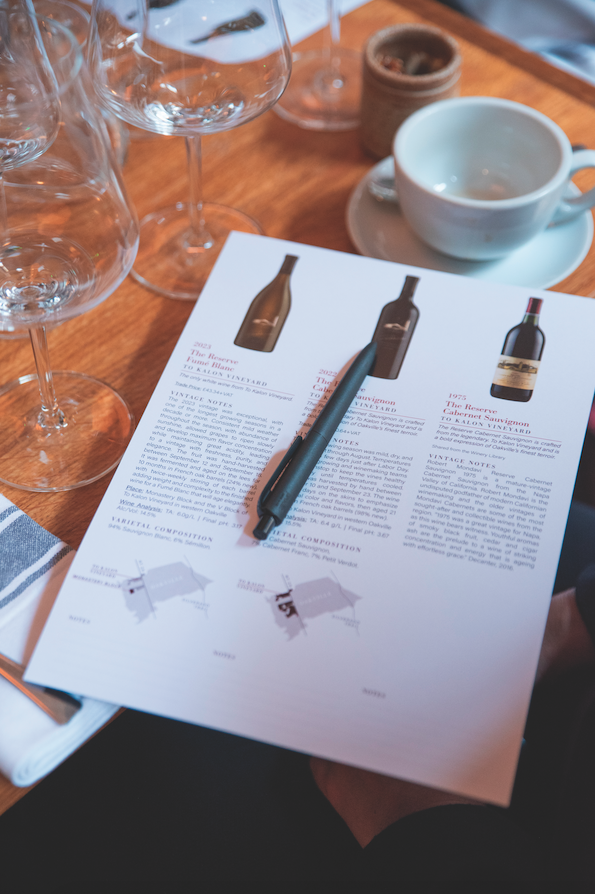China’s leading e-retailer in ‘fake’ Lafite scam
A retailer has been caught trying to pass off a Vin de Pays wine as Château Lafite Rothschild on China’s largest direct sales e-commerce site, JD.com, underlining the problem of fake and misrepresented wines in China.
According to reports by Chinese language media, the story broke after consumers tipped off a website called Wine Fancier that a company selling wine through JD.com’s auction business was selling ‘look-alike’ 2009 ‘Lafite’.
The wine was being sold under the first growth’s translated Chinese name 拉菲古堡, with a starting bid of RMB 5,070 (US$737) for six bottles. The average price of an authentic 2009 Lafite is around HKD$9,000 (US$1,159) a bottle (according to winesearcher.com).
The name on the label, however, showed quite clearly it was not the Pauillac first growth but a wine called, ‘Chapelle Lafils’. In addition, the wine was labelled as a Vin de Pays Bordeaux, a low-level country wine.
Based on information provided by JD.com, the seller is a Zhejiang-based wine company founded in 2015, specialising in online auction of “domestically and internationally known fine and rare wines”.
It’s not immediately known how many bottles have been sold already or whether JD.com is going to withdraw the online lots now that the deception has come to light. No immediate comments were available either from JD.com or the Zhejiang company.
Château Lafite Rothschild is one of the most recognised wines in China and often is one of the most highly faked wines in the world, along with DRC, Henri Jayer and Petrus to name a few.
Partner Content
Counterfeit wines, especially in Asia, come in different forms including misrepresentation of wine information and intellectual property infringement, which means sly sellers are slightly tweaking label designs and wine names to resemble the authentic bottles, wine authentication expert Maureen Downey said at a seminar in Hong Kong today, when talking about the rise of modern counterfeiting.
One example is Napa’s Opus One, which has emerged as a new target for counterfeit wines outside of France in the Chinese market (see picture on the right).
In modern counterfeiting, online auctions have in recent years also become a convenient tool for forgers to sell off fakes, as buyers are more concerned about price than provenance.
As demand for wines grows, China has become one the biggest destinations of fake wines, and also a large producer of counterfeits.
As db previously reported, Downey estimated that about US$15 billion worth of counterfeit fine wines are circulating in the market.




